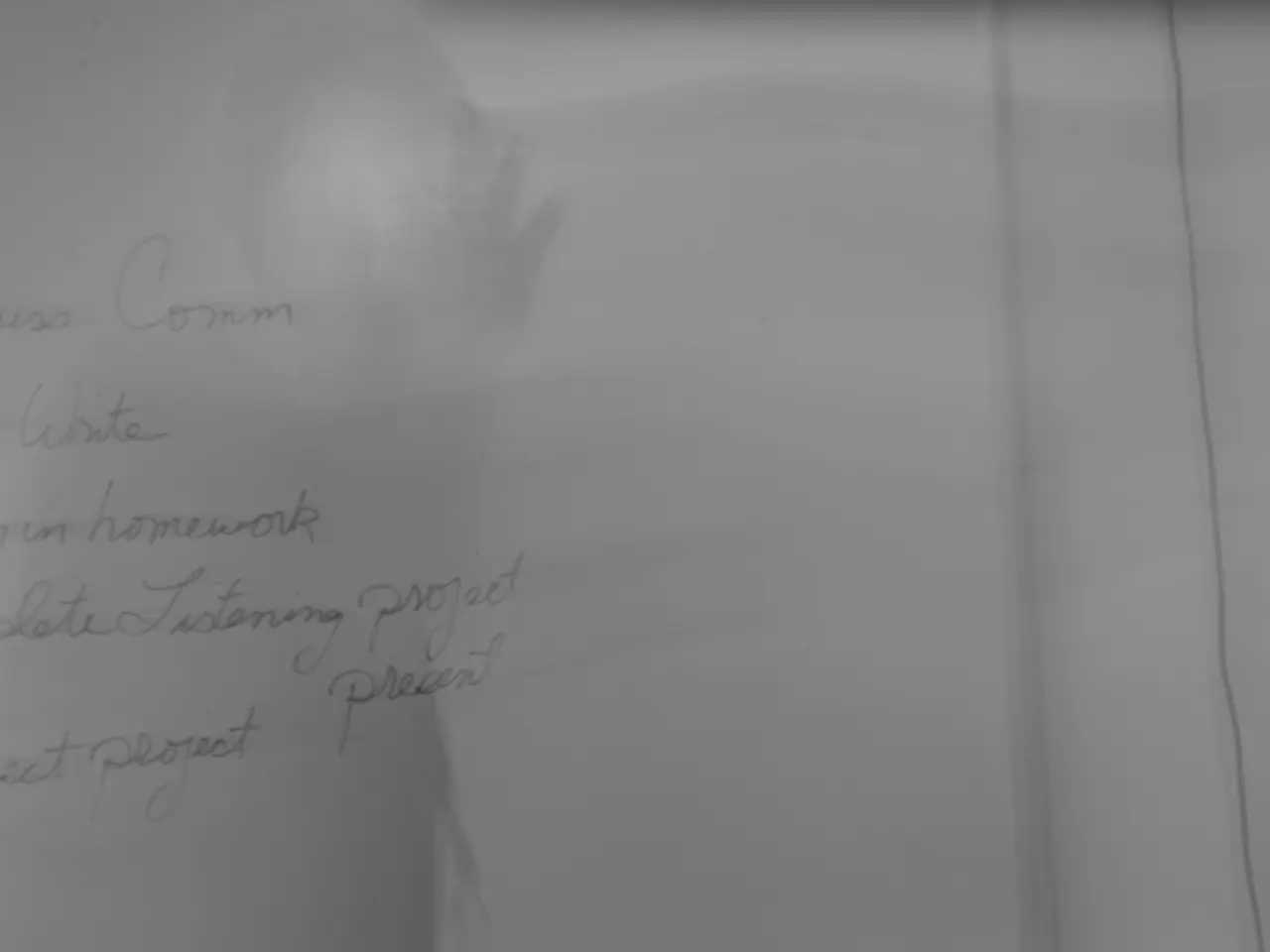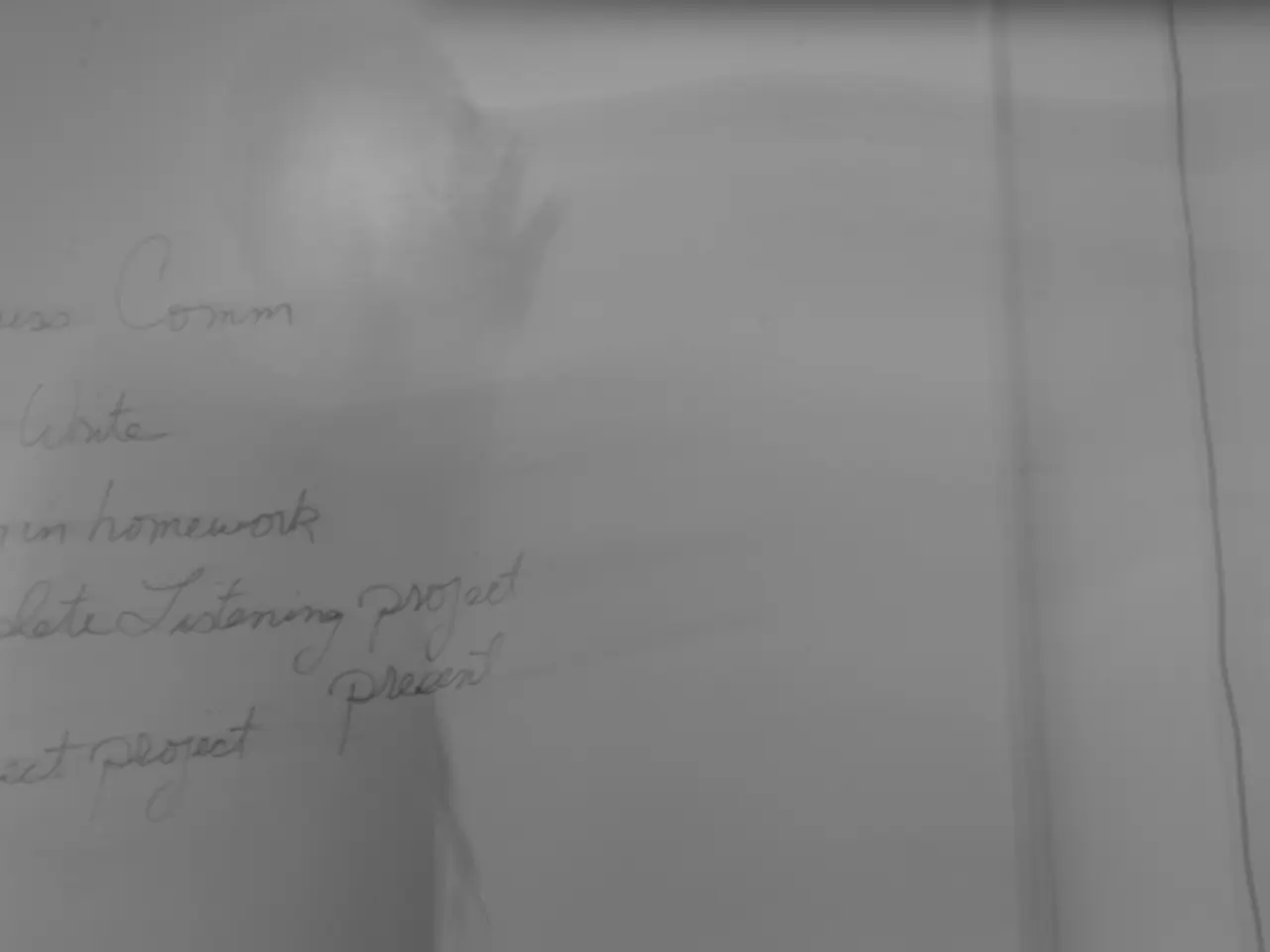Stock Market's Unfazed Attitude Toward Feeble Economic Data and Recession Anxieties
US Economy Faces Risk of Stagflation in 2025
The US economy is facing a significant risk of stagflation in 2025, a challenging economic condition characterised by slowing economic growth and rising inflation. This warning comes from a convergence of factors, including weak jobs data, tariffs, political tensions, and uncertain Federal Reserve policies.
Recent employment reports have shown signs of labor market weakness without outright recession, a pattern that fits stagflation patterns rather than normal economic downturns. The firing of top Bureau of Labor Statistics officials amid accusations of politically manipulated jobs data has added to the uncertainty about the reliability of key economic indicators.
Tariffs, particularly those implemented under the Trump administration, are a significant contributor to this risk. They push up costs for businesses and consumers, stoking inflation by raising import prices while slowing growth as companies face higher input costs and scale back hiring or expansion plans.
The Federal Reserve's challenge lies in balancing the need to control inflation with the need to stimulate economic growth. Persistent inflation limits the Fed’s ability to aggressively cut interest rates, as doing so could worsen inflation. This policy dilemma is central to stagflation risks.
Despite these concerns, the major stock indexes have shown resilience. The Nasdaq has surged 20% since May, while the S&P 500 has jumped 13% and the Dow has climbed 7% over the same period. However, they have experienced marked falls and subsequent recoveries, indicating a cautious market.
The markets like to focus on earnings, with tech giants like Meta and Microsoft accounting for a disproportionately large share of the S&P 500. The jobs report showed a major slowdown in hiring, with an average of about 35,000 jobs added over three months ending in July, compared to roughly 128,000 jobs added monthly over the prior three months.
If the economy sours, the Federal Reserve will likely move forward with interest rate cuts, buoying the market. However, if the Fed lowers rates to stimulate the economy in the face of a potential slowdown, it threatens to boost spending and worsen inflation.
In summary, the evidence from multiple expert sources confirms the U.S. economy is at significant risk of stagflation due to the interplay of weak jobs growth, inflationary pressures partly caused by tariffs, and political controversies undermining confidence in economic data. While markets remain opportunistic about current gains, the potential headwinds that may emerge in the coming weeks or months cannot be ignored.
[1] Economist.com, "The US is at risk of stagflation," 2025. [2] CNBC, "Why the US could be heading for stagflation," 2025. [3] Financial Times, "The case for stagflation," 2025. [4] Wall Street Journal, "Stagflation fears grow as economy slows and inflation rises," 2025. [5] Bloomberg, "How tariffs are fueling stagflation fears," 2025.
- The slowing economic growth and rising inflation in the US in 2025, labeled as stagflation, could be influenced by factors such as politics, with uncertainty about the reliability of key economic indicators, and finance, as tariffs push up costs for businesses and consumers, stoking inflation.
- International travel could be impacted by the potential economic stagflation in the US, as businesses might scale back hiring or expansion plans, leading to a decrease in corporate travel.
- Investors may find it challenging to navigate the stock-market in 2025 due to the risk of stagflation, as the Federal Reserve's policy dilemma between controlling inflation and stimulating economic growth could result in fluctuating market conditions.
- As the US economy faces the risk of stagflation, the economic condition of other countries, especially those with closely tied business relationships, will likely also be affected, potentially impacting the global economy and making international finance more complex.




